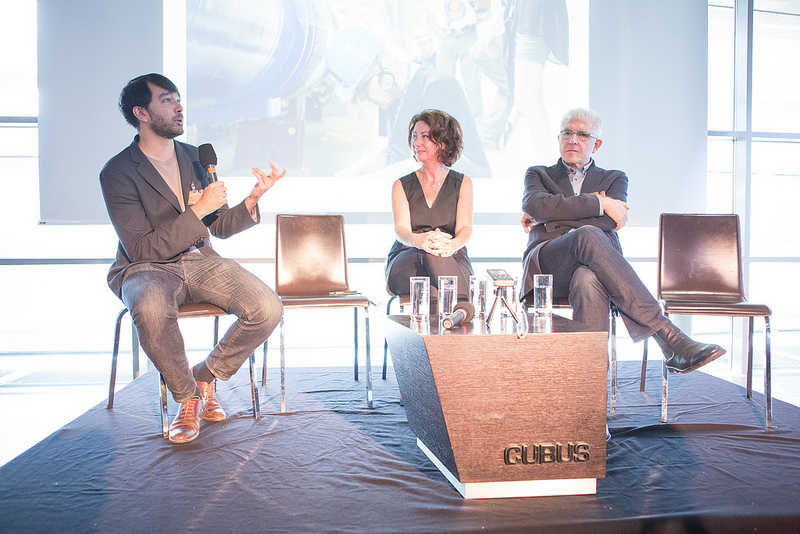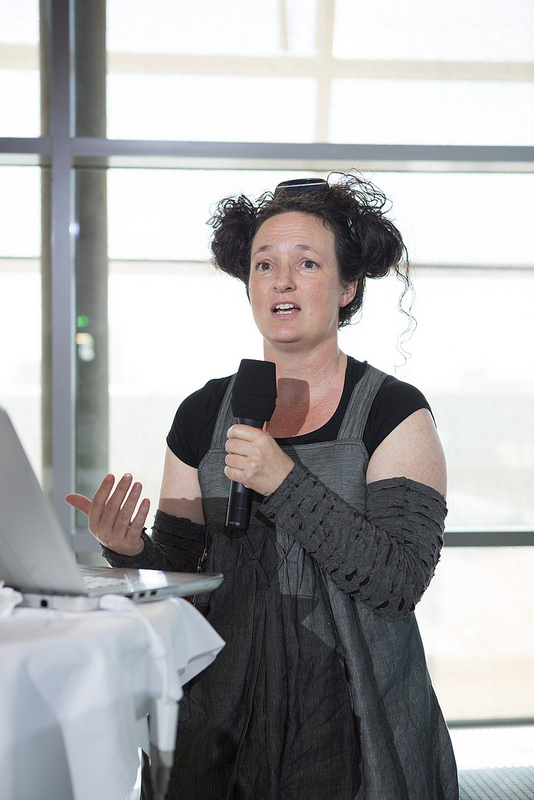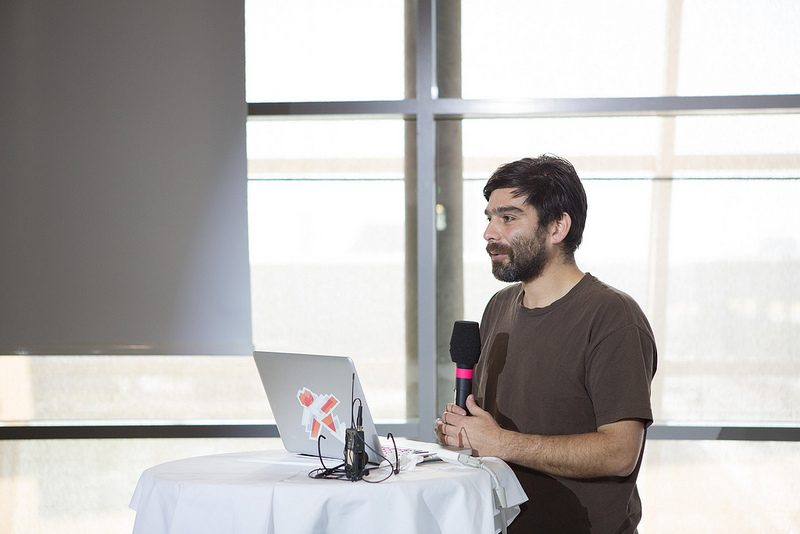The Futurelab launched the Ars Electronica Residency Network at this year’s festival. In the Pixelspaces conference series, an entire segment was devoted to this new program.
The Ars Electronica Residency Network is a coalition of excellence. Its nodes are Ars Electronica Linz and prominent partner institutions worldwide that offer extraordinary opportunities and challenges to artists and scientists. This network is open to academic institutions, museums, cultural organizations and research facilities, private firms, government agencies and NGOs. The Ars Electronica Residency Network offers many different programs that target a wide array of artists and scientists. Some of these residencies focus on specific issues. A few feature working conditions tailored to those who have already made a name for themselves in their chosen field; others are especially designed to nurture the talents and potential of promising young people. Fostering interdisciplinary as well as intercultural exchange is very high on this network’s agenda.
Several of the residencies emphasize creating works of art (e.g. Collide@CERN); others are suited to scientists, designers, architects, artists or engineers (such as [the next idea] voestalpine Art &Technology Grant) .
The aim is to implement optimal framework conditions for artists- and researchers-in-residence-for example, by providing access to advanced technical production infrastructure or by facilitating opportunities to encounter extraordinary individuals, issues or settings as a means of achieving the best possible outcome for the participating artists and scientists as well as the host organizations.
As a means of showcasing this program not only in theoretical terms but also to provide some real insights into current collaborative efforts, guests and artists were invited to present their projects.

Ariane Koek, initiator of the Collide@CERN program, elaborated on the Collide@CERN Residency Award competition staged in conjunction with the Prix Ars Electronica. She was joined by this year’s artist, Bill Fontana, and his inspiration partner, cosmologist/musician Sobudh Patil, who talked about their collaboration during Bill Fontana’s residency at CERN. The artist then invited attendees to immerse themselves in an acoustic domain at the leading edge of physics by presenting sound & video excerpts of works he’s created for his “Acoustic Time Travel” project. Bill Fontana also installed sound sculptures in and around the Höhenrausch (high-altitude euphoria) tower atop the OK Center for Contemporary Art and on the plaza surrounding the LENTOS Art Museum.

Left to right: Jeff Stelling, David Nabb, Stephen Hetherington
Stephen Hetherington, founder of the OHMI Trust (OHMI is an abbreviation for one-handed musical instruments) presented the first winners of the OHMI-Ars Electronica Award in the Playable Category: Professor David Nabb of the University of Nebraska and Jeff Stelling of Stelling Brass & Wind of Kearney, Nebraska, USA. They jointly developed the toggle-key saxophone that can be played with only one hand-as dexterously demonstrated by David Nabb.

In addition to other ongoing projects with Queensland University of Technology in Brisbane, Lubi Thomas, Senior Curator for Digital Media, presented the new residency project at The Cube. During this three-year collaborative undertaking, artists will be invited to develop art projects for one of the world’s largest display spaces for digital, interactive learning, and the heart of the Gardens Point Campus’ new Science and Engineering Center that’s designed to serve as both a scientific laboratory and a setting for digital participation.

Surprise guest Enrique Rivera, audiovisual researcher and curator in Santiago de Chile, discussed possibilities for future collaboration within the framework of an Art and Astronomy Program under the auspices of two world-famous facilities: the Paranal Observatory in the Atacama Desert, and the Atacama Large Millimeter/sub-millimeter Array (ALMA), the world’s largest radio-telescope.
Text by Johanna Mattauer.